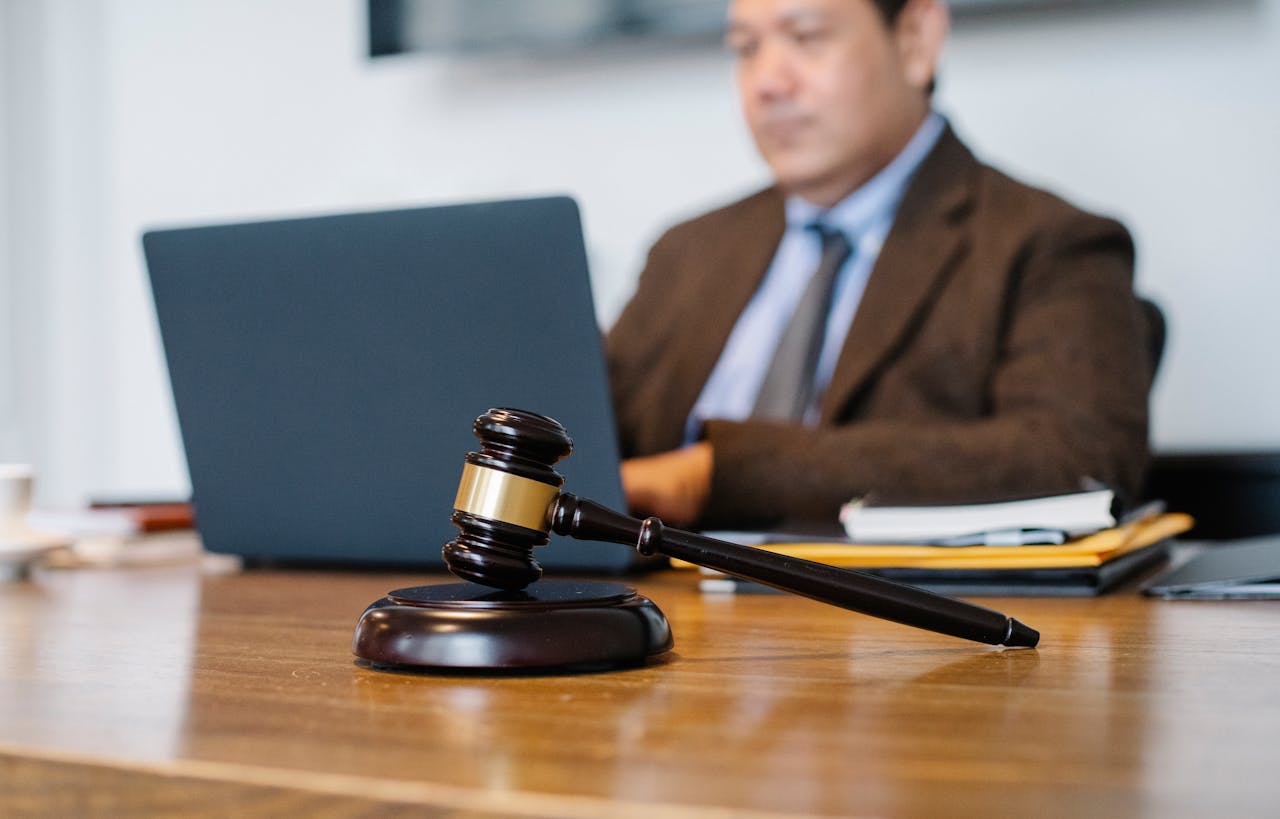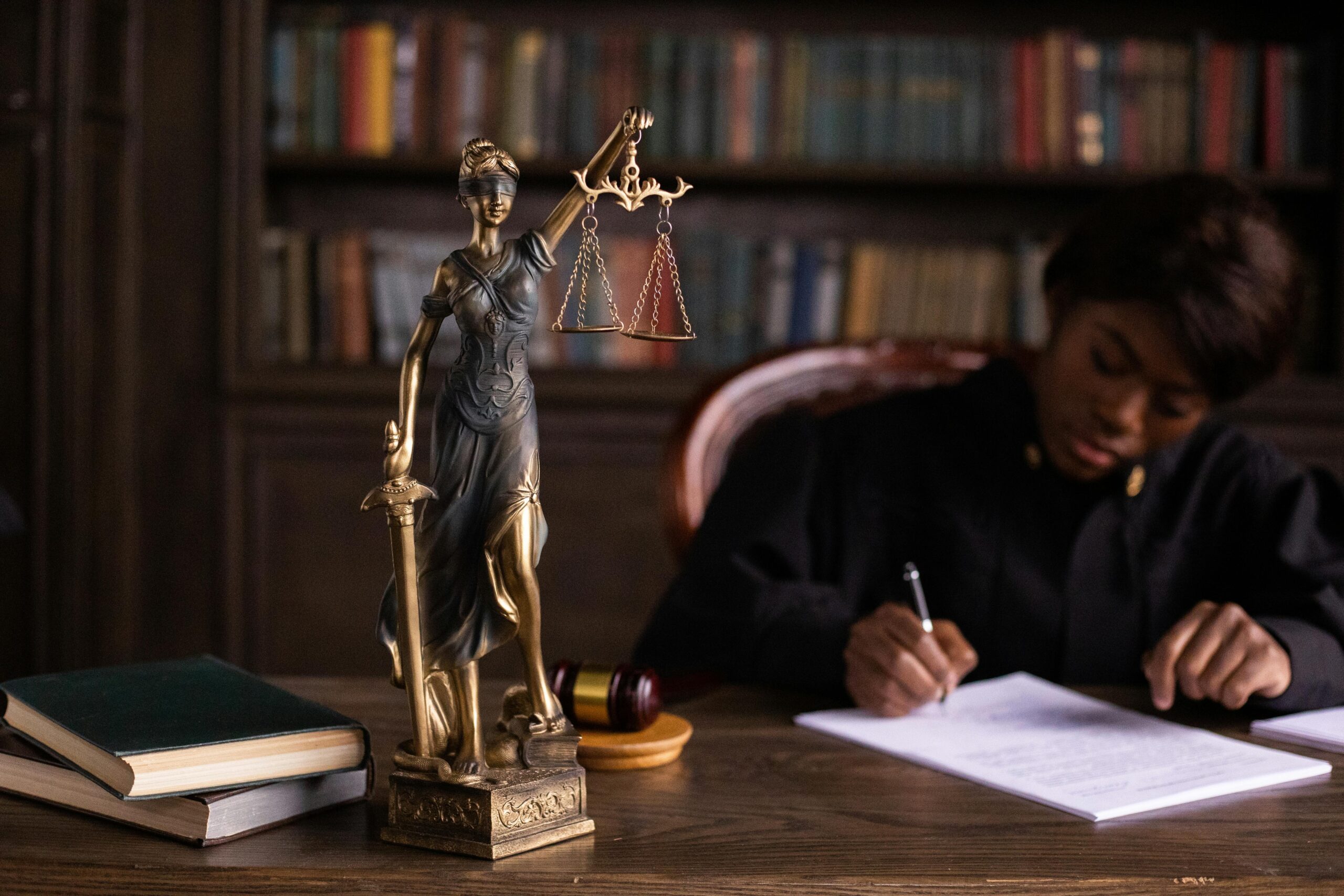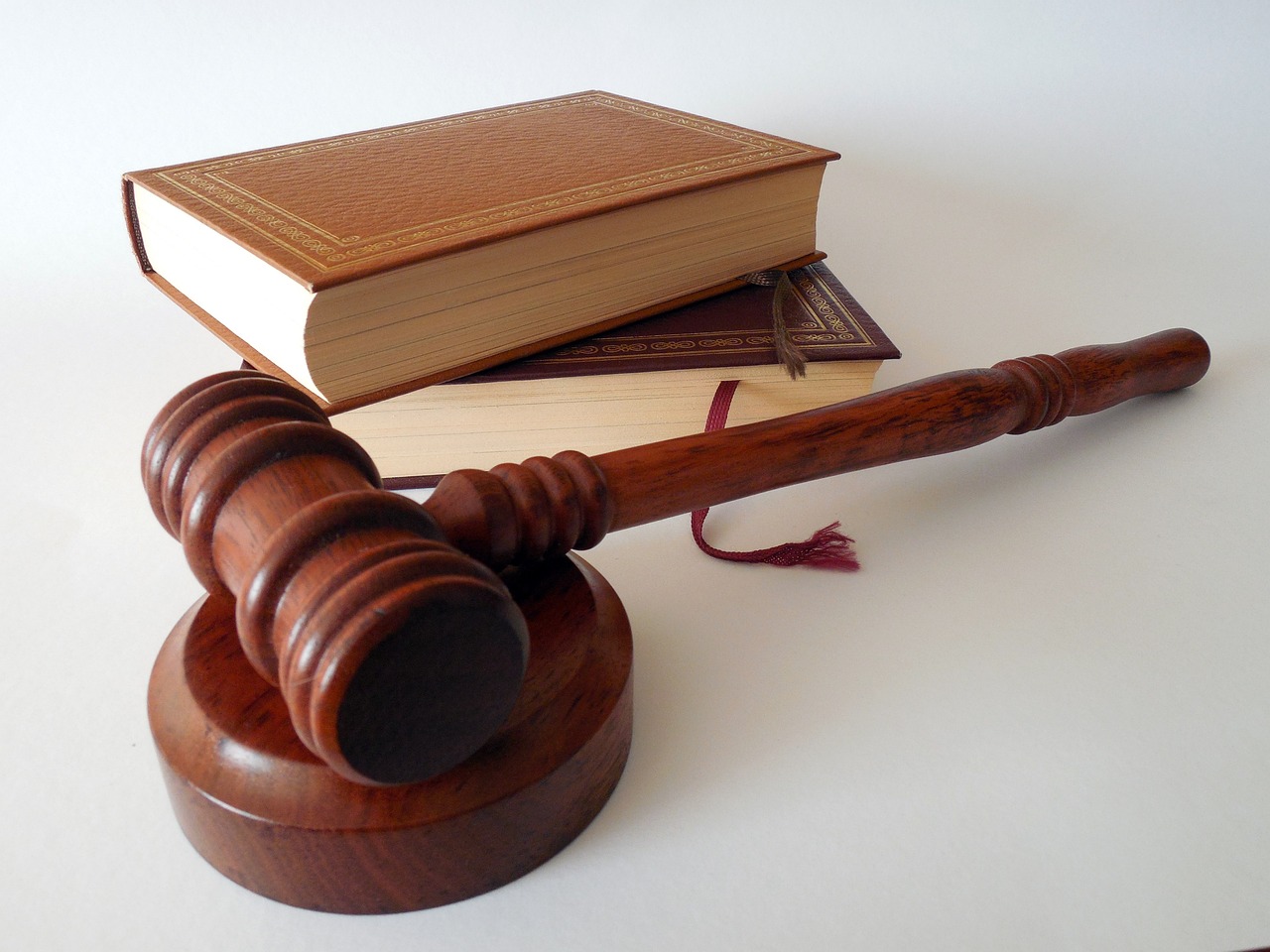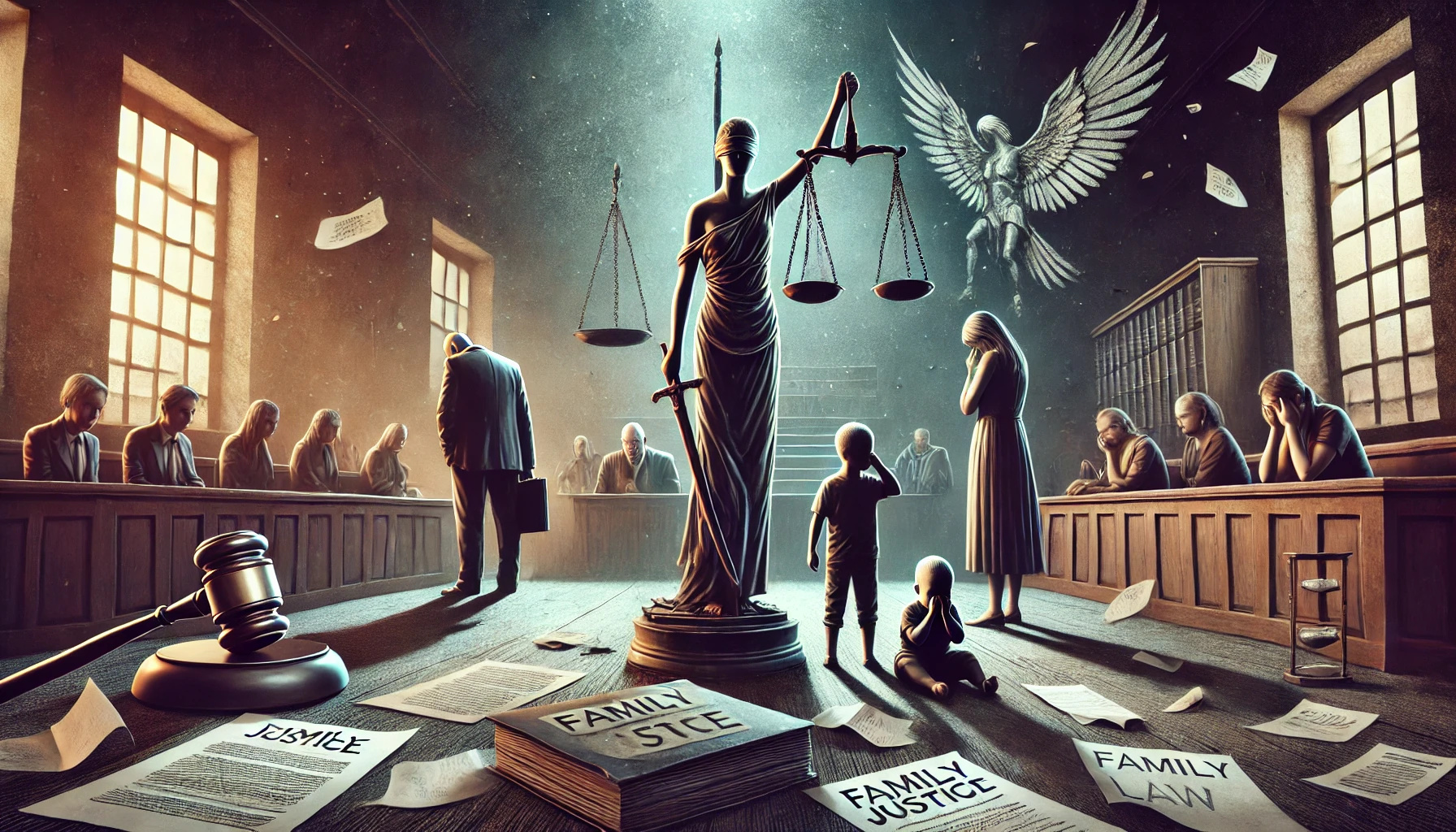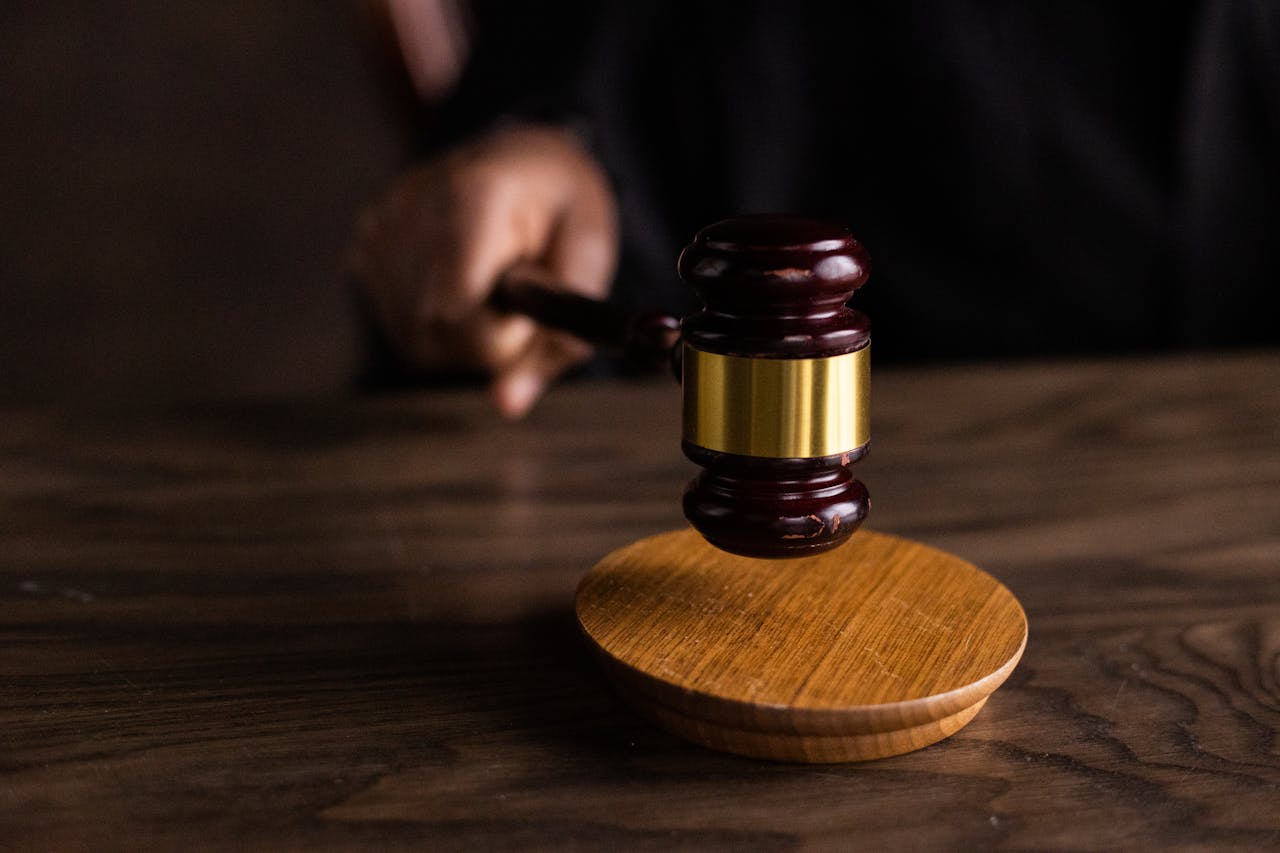
Questions:
- How does the legal system address the rights of children with disabilities?
- What are the impacts of judicial activism on protecting children’s rights?
Abstract:
In order to defend their rights and guarantee their holistic development, children with disabilities must be given special legal safeguards due to the unique obstacles they encounter. This abstract examines how children’s rights and impairments intersect, with a particular emphasis on the role that judicial activism plays in advancing and defending these rights. In judicial activism, the judiciary actively participates in the interpretation of the law and renders judgments that promote human rights and social justice. Judicial activism can impact the development, application, and enforcement of policies pertaining to children with disabilities in order to foster a more just and inclusive society. This essay looks at significant court rulings and legislative frameworks that have influenced children with disabilities’ rights all throughout the world. It draws attention to the part that international agreements play in establishing guidelines for defending children’s rights, such as the United Nations Convention on the Rights of Persons with Disabilities (UNCRPD). The abstract also covers case studies and instances of judicial activism from various countries, showing how courts have dealt with problems such as children with disabilities’ access to social services, healthcare, and education. The analysis emphasizes how crucial it is for judges to be impartial, knowledgeable, and empathetic in order to guarantee that laws adequately defend the rights of kids with impairments. In the end, the abstract makes the case that judicial activism is essential to promoting children’s rights and creating inclusive communities in which all kids, including those with disabilities, can prosper and fully participate in society.
Introduction:
In 2010, a new law replaced the Persons with Disabilities Act, 1995 (PWD Act, 1995) to bring India into compliance with the UNCRPD, which India had accepted and signed in 2007. Both chambers of Parliament approved the Rights of PWD Act, 2016 (RPWD Act, 2016) following multiple consultation sessions and a protracted writing process. With the president’s consent, a notice was sent on December 28, 2016. Individual autonomy, which encompasses the ability to make one’s own decisions, independence, and respect for one’s intrinsic dignity are three guiding ideals that must be upheld in order to empower people with disabilities (PWD).
Nowadays, judicial activism has shown to be a useful instrument for defending children’s rights, particularly shielding them from abuse, exploitation, and human trafficking. In addition to recognizing children’s rights, the Indian Constitution had numerous provisions pertaining to their autonomy, means of subsistence, and early development. These included preventing discrimination in the classroom, requiring free and compulsory education, and preventing them from working in hazardous jobs like mines and factories.
How does the legal system address the rights of children with disabilities?
The Disabled and the Constitution:
The Indian Constitution is applicable to all lawful citizens of India, regardless of their state of health or level of disability (mental or physical). The following essential rights are guaranteed to disabled people under the Constitution[1]:
- The Constitution guarantees all citizens, including those with disabilities, the following rights: equality of status and opportunity; freedom of thought, speech, belief, faith, and worship; and the encouragement of fraternity.
- The Government is forbidden by Article 15(1)[2] from treating any Indian citizen— disabled or not—discriminatorily on the basis of their religion, race, caste, sex, or place of birth.
- No citizen, including those who are disabled, shall be subject to any disability, liability, restriction, or condition, according to Article 15(2).
- When it comes to employment or appointment to any state office, all people, including those with disabilities, shall have equal opportunities.
- No one, even the disabled, should be seen as untouchable, regardless of whether It would be a crime as defined by law, as stipulated in Article 17 of the Constitution.
- Article 21 of the Constitution guarantees the life and liberty of every person, including those who are disabled.
- No human being, including a disabled person, may be traded, and forced labor, including begging, is forbidden and subject to legal penalties (Article 23).
- Article 24 forbids hiring minors (including disabled people) under the age of 14 to work in mines or factories or any other hazardous jobs. It is not permitted for a private contractor working on behalf of the government to hire children younger than 14 years old in any capacity.
- The right to freedom of religion is guaranteed to all citizens (including those with disabilities) by Article 25. Subject to appropriate law, morality, and health, every disabled person (as well as the non-disabled) has the freedom of conscience to practice and spread his religion.
- No tax payment for the upkeep and promotion of any specific religion or religious organization may be required of a disabled person.
- No disabled person will have their access to their native tongue, script, or culture taken away from them.
- A very disabled person has the right to petition the Indian Supreme Court to enforce his or her fundamental rights, and Article 32 guarantees that right.
- Although the right to own property is not a fundamental right, no disabled person who owns property (like the non-disabled) may have it taken from him without legal permission.
- Any unlawful taking of property may be contested by legal action and subject to damages claims.
- After turning eighteen, all individuals, disabled or not, are eligible to have their names added to the general electoral roll for the territorial constituency to which they belong.
Disability Education Law:
Every person, including those with disabilities, has the right to an education.
- The Constitution’s Article 45 mandates that the State provide free and compulsory education for all children (including the disabled) until they turn 14 years old.
- Article 29(2) states that no citizen shall be refused admission to any educational institution run by the State or receiving aid out of State funds on the grounds of religion, race, caste, or language. On the grounds of race, religion, or language barrier, no kid may be excluded from any State-run educational institution or denied assistance funded by state funds.
Health Laws:
- The Government is obligated by Article 47 of the Constitution to improve the nutrition and standard of living of its citizens and to promote public health, with a particular focus on prohibiting the use of drugs and alcohol that are harmful to health unless prescribed by a physician.
- There are numerous provisions for the disabled in India’s health laws. The Mental Health Act of 1987[3] contains some of the Acts that address the health of individuals, including those who are impaired.
Other legal provisions, such as family laws, labour laws, succession laws, etc., address the rights of children with disabilities.
What are the impacts of judicial activism on protecting children’s rights?
Judicial activism[4] has been a useful instrument in the modern era for defending children’s rights, such as shielding them from abuse, trafficking, and sexual exploitation. The Indian Constitution acknowledged children’s rights and contained a number of articles pertaining to their freedom, means of subsistence, and childhood development. These included prohibiting discrimination in educational settings, requiring free and compulsory education, and forbidding their employment in hazardous industries like mines and factories.
A few laws have been passed to safeguard children, including the Juvenile Justice Act, the Protection of Children under the Indian Penal Code, the Right to Education of Children, the Protection of Children from Labour, and the Adoption of Children.
When used wisely, judicial activism can significantly influence the defence of children’s rights. First of all, it gives judges the authority to construe current legislation in a way that puts children’s best interests first. This implies that courts can exercise their discretion to guarantee that children receive the appropriate protection and care even in cases where the law is ambiguous or out-of-date. Judicial activism can also result in the creation of new legal precedents and regulations that are intended to protect the rights of children. Historic instances could, for instance, establish rights to healthcare, education, and defence against abuse or neglect.
Judicial activism can also operate as a check on executive or legislative measures that might violate children’s rights. Courts have the power to stop damaging policies and practices from being implemented by holding governments responsible for their duties toward children. On the other hand, excessive judicial activism may have disadvantages. It might incite opposition from other governmental branches or groups who believe judicial participation goes beyond constitutional bounds. This might make judicial rulings less valid and make it more difficult to uphold children’s rights. Furthermore, judges who are too activist may unintentionally introduce confusion into the legal system by making decisions that lack coherence or sound legal reasoning. Policymakers, practitioners, and the general public may find it more challenging to comprehend and abide by children’s rights laws as a result.
In conclusion, judicial activism must be tempered with respect for the rule of law and the separation of powers, even though it can be a potent tool for defending children’s rights. Judges should use their discretion with caution, keeping in mind the children’s best interests, society’s standards, and the larger legal system.
Conclusion:
Following India’s 2007 acceptance and signature of the UNCRPD, the Persons with Disabilities Act, 1995 (PWD Act, 1995) was superseded by the new law in 2010 to bring India into line with the treaty. The Rights of PWD Act, 2016 (RPWD Act, 2016) was passed by both chambers of Parliament after several consultative meetings and an extensive writing process. The notification was sent on December 28, 2016, with the president’s approval. To empower people with disabilities (PWD), three guiding concepts must be adhered to individual autonomy, which includes the freedom to make one’s own decisions, independence, and respect for one’s inherent dignity.
In the current day, judicial activism has proven to be a helpful tool for protecting children’s rights, including protecting them from sexual exploitation, abuse, and human trafficking. The Indian Constitution recognized the rights of children and included several sections about their independence, means of subsistence, and early development. These included making education free and mandatory, banning discrimination in classrooms, and restricting them from working in dangerous areas like factories and mines.
Bibliography:
- Constitution of India. (n.d.). Retrieved 6 18, 2024, from GOVERNMENT OF INDIA MINISTRY OF LAW AND JUSTICE (LEGISLATIVE DEPARTMENT): http://indiacode.nic.in/coiweb/welcome.html
- https://www.crc.cnlu.ac.in/post/role-of-judiciary-in-protecting-child-rights-2
- https://ncwapps.nic.in/acts/THEMENTALHEALTHACT1987.pdf
- https://thedocs.worldbank.org/en/doc/266991540827309110- 0200022018/render/PresentationEffectiveGRMs.pdf
[1] https://www.india.gov.in/my-government/constitution-india
[2]https://indiankanoon.org/doc/609295/#:~:text=Prohibition%20of%20discrimination%20on%20grounds,birth%20or%20any%20of%20them
[3] https://ncwapps.nic.in/acts/THEMENTALHEALTHACT1987.pdf
[4] https://www.crc.cnlu.ac.in/post/role-of-judiciary-in-protecting-child-rights-2
